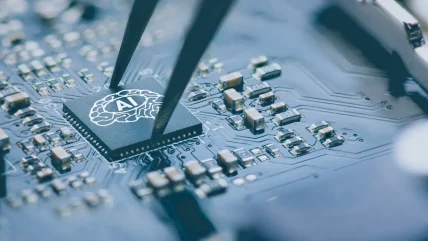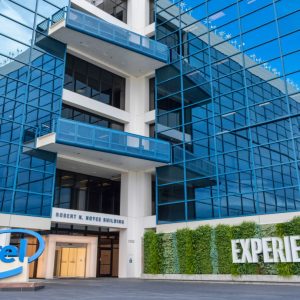
Public conversations about artificial intelligence (AI) have surged by 383% since 2022. However, only a fraction of the $65bn graphics processing unit (GPU) market in 2024 is being utilised for AI-specific applications, according to a new report by data orchestration company Hammerspace.
The report, titled “State of the Next Data Cycle: How do you GPU?“, shows that organisations are finding innovative ways to utilise their GPU investments beyond AI applications, according to Hammerspace.
“The next wave of innovation is being driven by how companies activate their unstructured data,” said Hammerspace’s founder and CEO David Flynn. “Our research shows that the GPUs many enterprises originally purchased for AI projects are becoming the Swiss Army knife of data processing. This infrastructure is unlocking value in ways we never expected across various sectors.”
The analysis highlights evolving GPU utilisation among enterprises, revealing that many companies are repurposing these resources for diverse, non-AI applications to achieve measurable outcomes.
Based on approximately 17,000 digital conversations involving around 200 industry leaders on platforms such as LinkedIn, Twitter, Reddit, GitHub, and Discord, the analysis reveals how enterprises are navigating their GPU and AI investments. Practical implementations are still catching up with the growing discussions.
Most enterprises are focused on thought leadership (60%) and productivity enhancements (59%), whereas only 18% of innovation discussions specifically target achieving better AI outcomes. A significant portion (51%) of the ethics-related discussions is centred on policy and best practices, reflecting the growing concern for responsible AI development.
Despite significant investments in AI infrastructure, including powerful GPU chips, companies have yet to fully leverage these resources for AI workloads. Instead, GPUs are increasingly being applied to more conventional tasks, such as enhancing big data and analytics projects. The use of GPUs has been notably versatile, covering industries such as big tech, scientific research, and media and entertainment, as outlined in Hammerspace’s report.
The report features case studies from companies including Meta Platforms, Los Alamos National Laboratory (LANL), and a prominent streaming media provider, illustrating the varied use of GPUs. For instance, Meta deployed over 24,000 NVIDIA H100 GPUs to support the training of its Llama 2 and 3 models. This deployment aimed to enhance both efficiency and resilience by optimising GPU performance.
Similarly, LANL streamlined its hybrid supercomputer environment, which integrates CPU and GPU processing to support high-performance computing (HPC) and AI research. This infrastructure is applied to projects spanning national security, pandemic preparedness, and climate change mitigation. By consolidating siloed file systems into a unified platform, LANL has improved resource use across various workloads, enhancing efficiency in advanced data architectures.
Another example is a streaming media company, which has leveraged GPU-CPU integration to improve its recommendation algorithms and optimise video streaming quality for millions of users. By combining GPUs with CPUs, this firm has enhanced the speed and accuracy of its personalised content recommendations, resulting in significant gains in streaming performance, the report claimed.
GPUs as a key asset beyond AI
As the report suggests, companies are increasingly using GPUs not only for AI but for a range of existing big data projects. This adaptive use has proven beneficial, delivering unexpected benefits beyond what was initially envisaged. The GPU market itself is projected to grow to $274bn by 2029, although analysts from Goldman Sachs note that GPU supply constraints will continue to impact AI project deployments until at least mid-2025.
In a separate survey conducted by Tangoe, it was found that 72% of respondents believe AI-themed cloud spending is becoming unmanageable. According to the poll, which involved 500 IT and finance professionals, spending in this category has increased by 30% this year alone—an unsustainable rise for some firms that are still uncertain about the return on their investment in increased compute capacity.






